Asia, in general, isn’t known for great steakhouses. Of course, Japan has its famous Kobe beef, but even so, the finer grades of Wagyu and Kobe are so rich and fatty that a giant ribeye, striploin or porterhouse feels like eating a stick of butter, and the meat is usually much better served in thin slices in a shabu shabu or small cubes fried on a teppan grill. Both are much more common preparations in Japan versus the giant slab of meat on a table more common in Western cooking. In fact, I had multiple chefs tell me that they don’t serve A5 wagyu in a steak because it’s too fatty and if they use Japanese beef for a steak, they prefer using A4 instead. That doesn’t leave too many options for amazing restaurants serving a giant slab of beef grilled over a charcoal grill in Asia.
Hong Kong has really been lacking in great steakhouses last few years. It’s not like New York or London where a historied steakhouse exists on every other block. My favourite steakhouse in Hong Kong used to be Buenos Ares Polo Club, an Argentinian steakhouse specializing in South American grilling - sausages, steaks served with a fried egg, and some of the best chimichurri I’ve had in my life. It used to be amazing. Yet somehow, during the years of COVID, the place lost its charm, (and probably most of the original staff). I was left looking for a new steakhouse to crown my favourite in the city.
Asking around, two names kept on popping up. Half the people said that the steakhouse at the Grand Hyatt was the best in the city, while the other half were vehemently opposed, and said that the steakhouse at The Regent Hotel (formerly the InterContinental) was the best around.
That made it easy to setup a head to head. I would go to both steakhouses on successive weekends, and try very similar dishes. Hopefully, at the end, I would have a new best steakhouse in town and a place I would feel comfortable bringing friends for steaks over and over again.
Starting with the Grand Hyatt Steakhouse, we arrived on a Saturday night. The steakhouse is tucked away at the side of the main entrance. Despite being in the same building and having giant glass windows to the main lobby, there isn’t a way to enter the hotel or visa versa without travelling outside and to the main entrance.
Surprisingly, I learned later that the restaurant opened in 2011, despite looking like an institution that has been around for decades.
We were greeted by an dark empty room, and an elevator leading to the second floor. The restaurant itself is dark and cavernous. It’s not so much big, but a series of dark connected hallways, forming a bit of a labyrinth.
We went with a few steakhouse signatures, starting with a grilled foie gras on a bed of sweet cranberry chutney, with citrus zest and a bit of flamed cognac served with perfectly toasted slices of brioche. Good start to the meal.
My companion had a French Onion Soup - tons of onions slowly caramelized, then combined with a rich beef broth before a layer of cheese places on topped and broiled to form a nice golden crust under under the salamander. Another well-executed steakhouse classic.
I went with a traditional New England Clam Chowder, an old comforting favourite. One thing I wasn’t expecting here was American-sized servings. If I had known earlier, I would’ve a lot fewer sides - this would come back to bite me later.
We went with a 12 oz. 1++ Hanwoo ribeye. Hanwoo is one of four breeds of cow native to Korea. There was a degree of cross breeding with Japanese cattle in the late 1800s, leading to a very similar fat profile and physical appearance. Typically fed with rice straw, it forms a well marbled steak with a bit less fat than Wagyu, but much beefier flavour than the Japanese Wagyu fat bombs.
My favourite cut has always been the bone-out ribeye. Fatty, well marbled, I’ve never really understood the appeal of the fillet or tenderloin. Yes, they are tender, but often a bit flavourless without that well-marbled fat adding the beefiness and richness to the steak.
In the past, I’ve never had issues finishing a 20 or even 24 oz. steak, but the Hanwoo was so rich that I struggled with the 12 oz. Perhaps it was the sides of the sizes contributing as well, but we definitely brought home half of that steak.
Along with the steak came a choice of mustards - from pungent English mustards, traditional Dijon to a notable tarragon mustard blend.
In an interesting experience, we were given a selection of salts, spices and peppercorns, and we could make our own spice mix. I went with the Sichuan peppercorn, smoked paprika, and pink Himalayan salt to form a mala spice blend. I’m definitely going to try to recreate that next time I grill up a steak.
Starting off the sides came a very tradition steakhouse dish - grilled Asparagus with crab meat, oscar style, topped with a rich hollandaise. Nothing to complain about here.
A traditional mac and cheese, broiled under the salamander. Pretty hard to screw this one up.
One of my favourite sides - roasted Brussel sprouts, with granny smith apple, bacon and cranberries.
Sweet potato fries with a chipotle aioli.
My other favourite side, and a classic steakhouse favourite - creamed spinach.
Given all of the sides were also American-sized, we realized that we had massively over ordered. We probably should’ve ordered one or two sides, and we ended up with five giant sides. Along with the half a steak I took home, I ended up taking most of the sides home as well.
I can see why people like Grand Hyatt Steakhouse and why some call it the best steakhouse in Hong Kong. It’s a very American style steakhouse, with all the steakhouse classics, well executed without any frills. If I had known how big the servings were, I would’ve ordered a few less sides and left some room for dessert!
Total damage: 2800 HKD/2 people

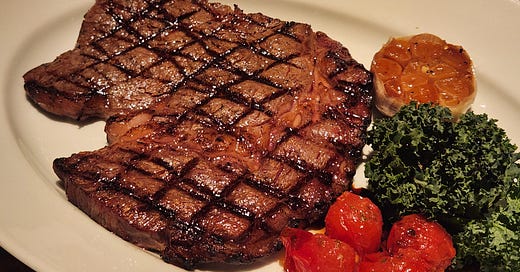


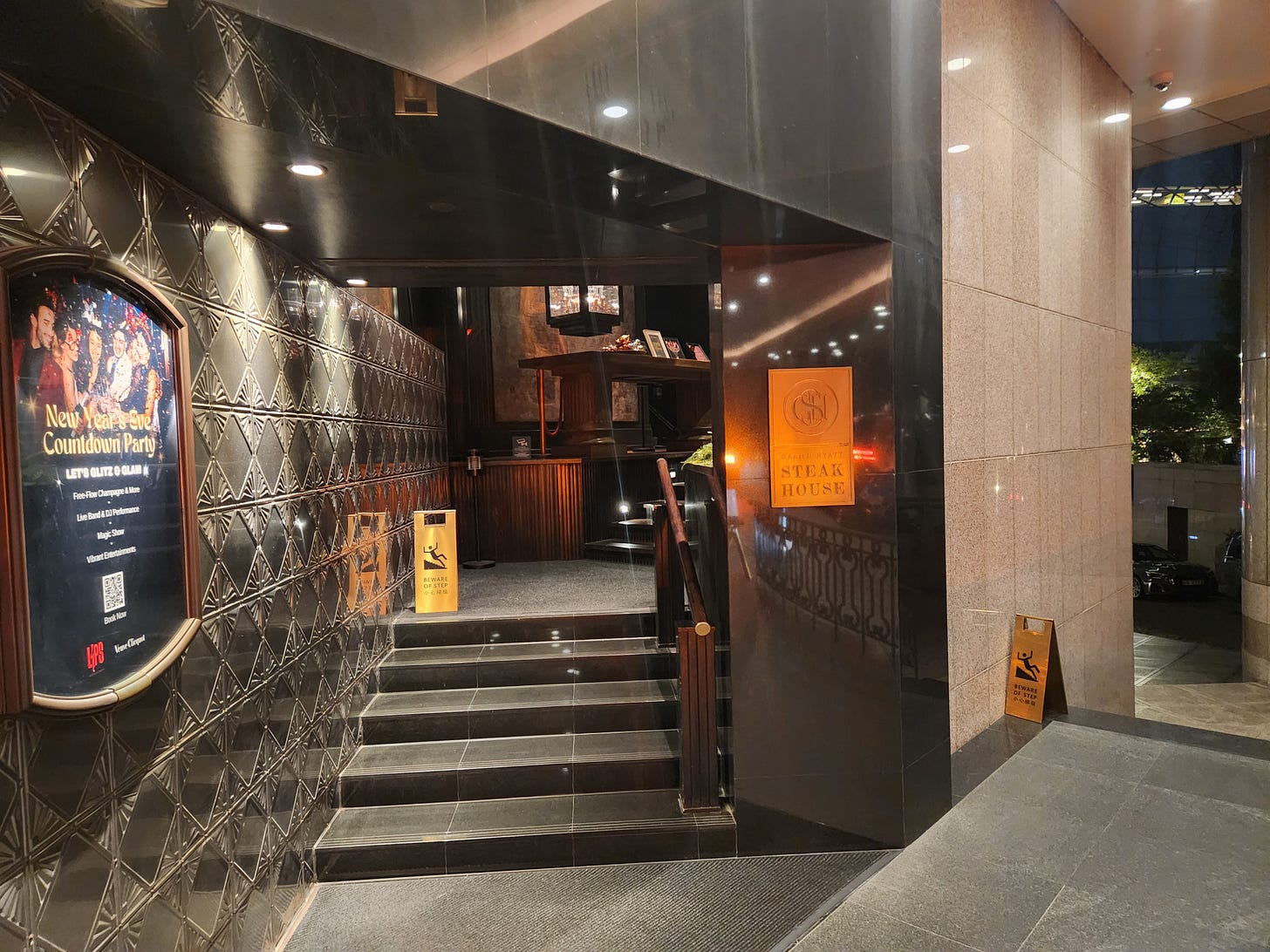
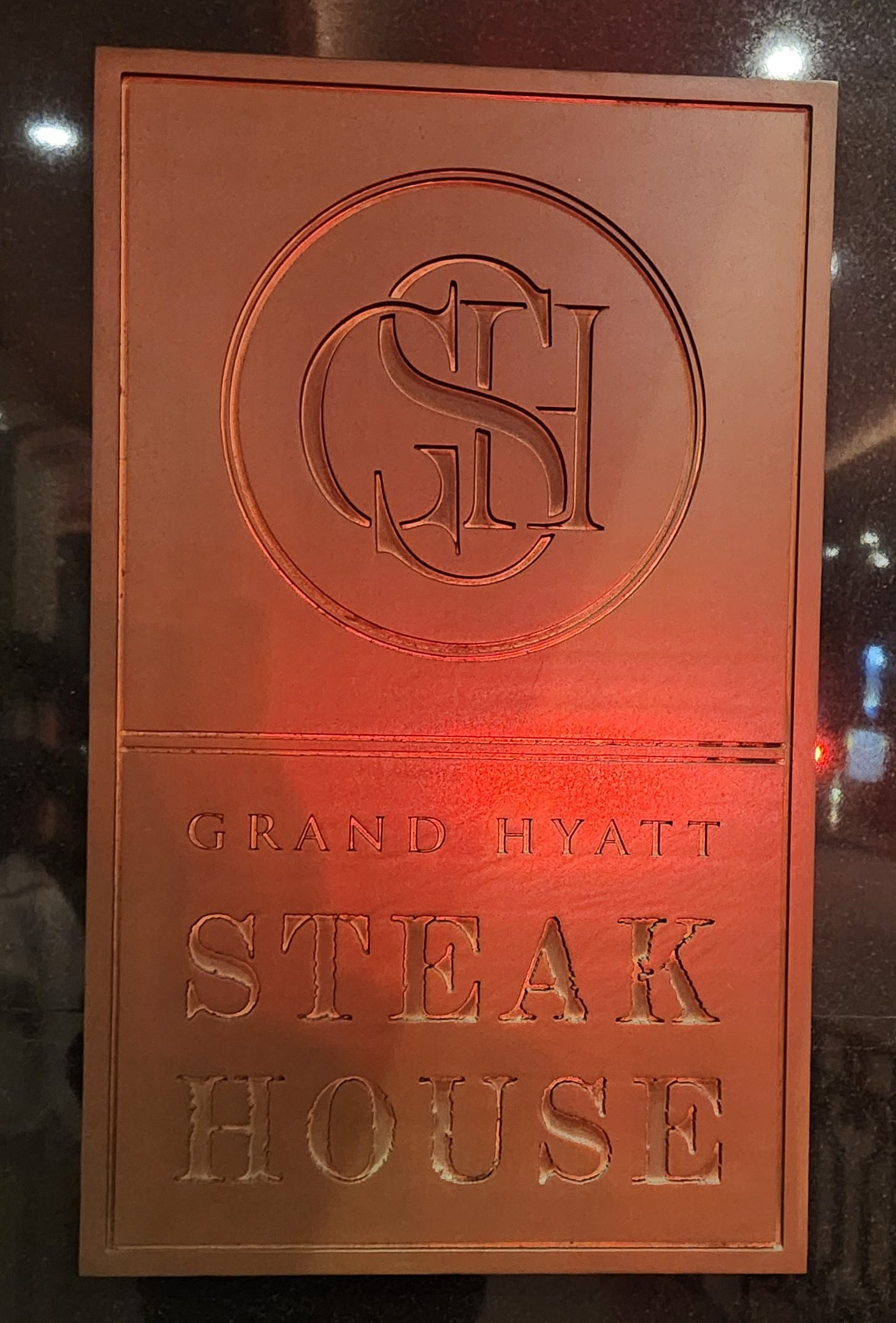
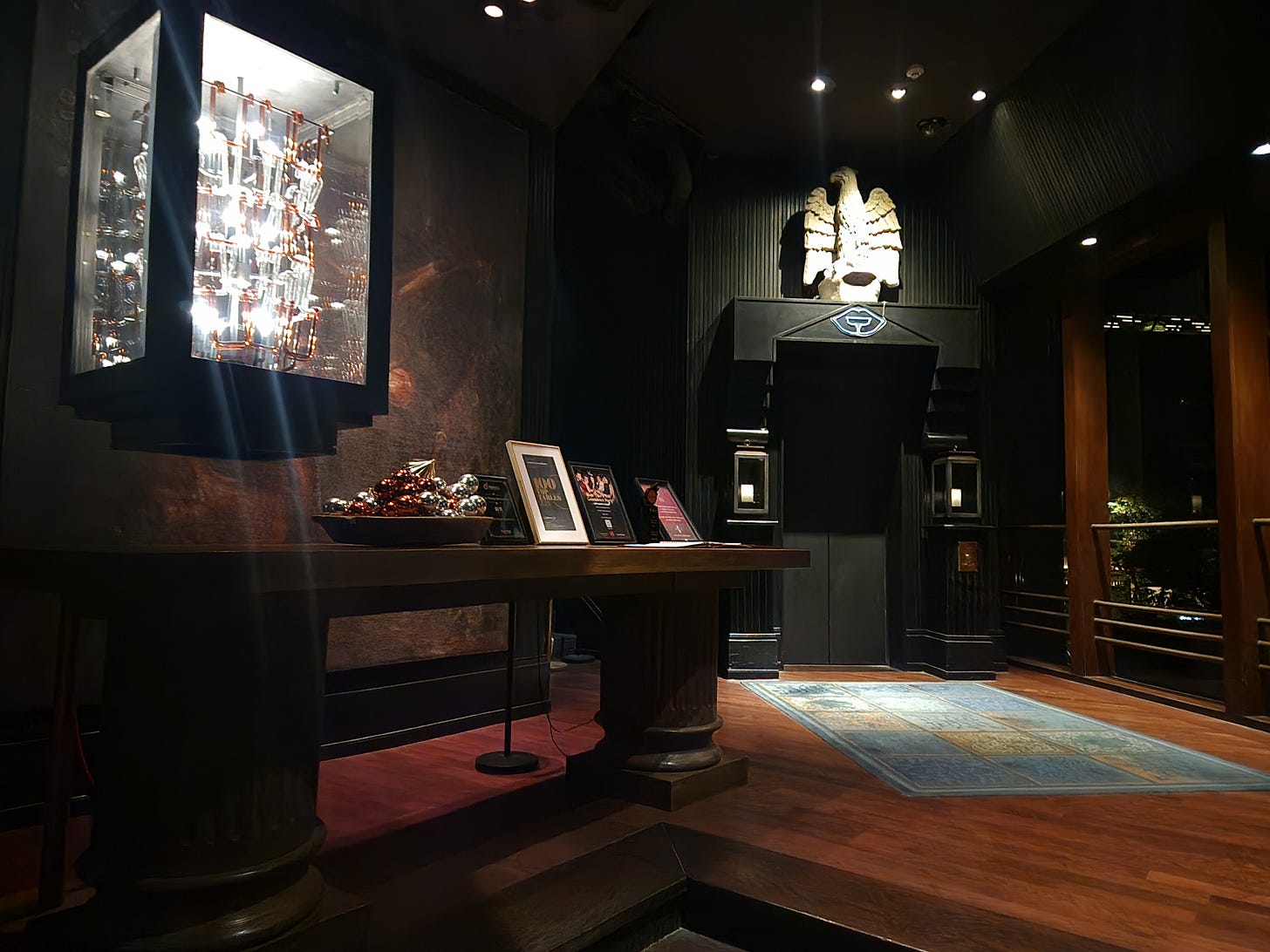
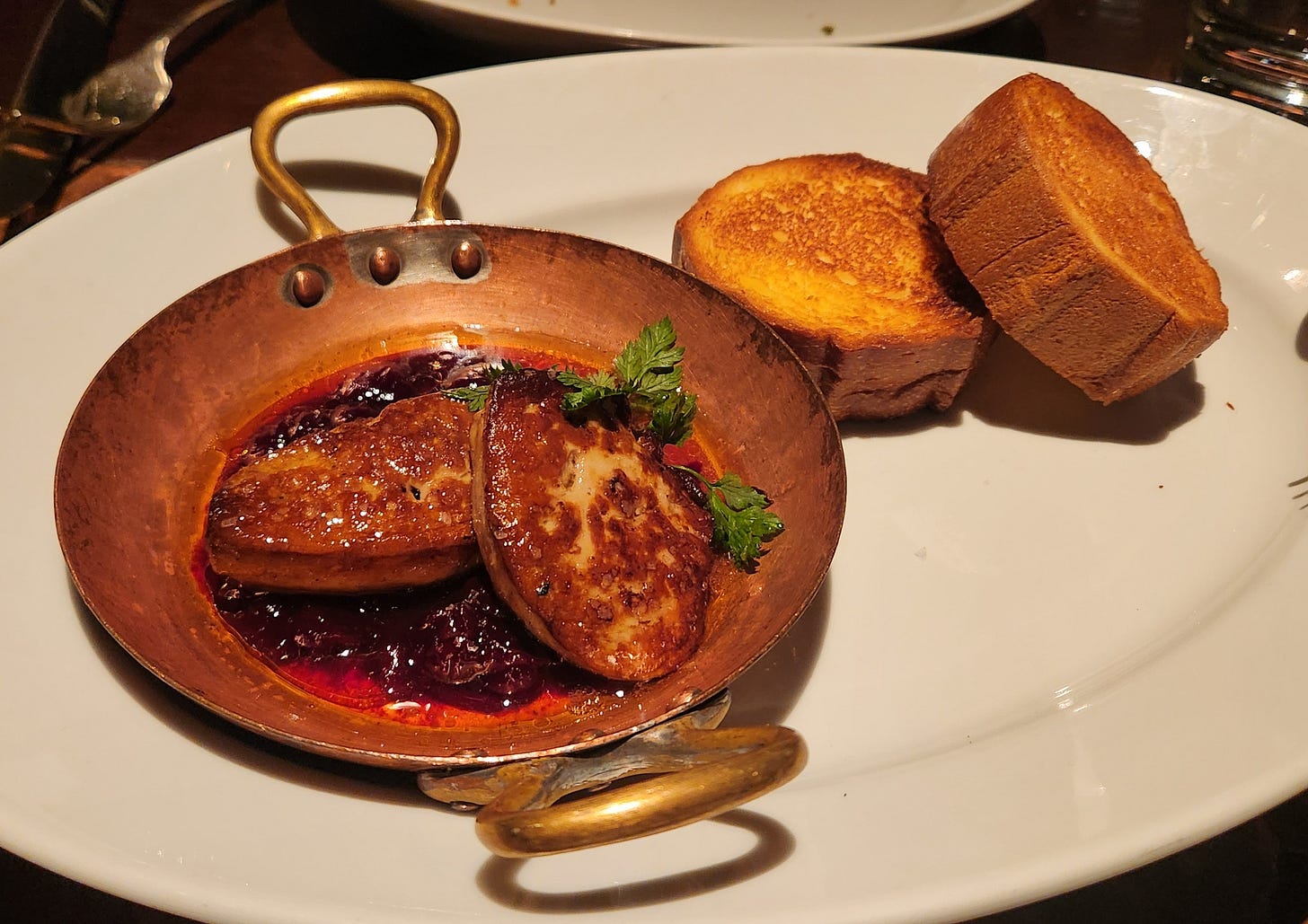
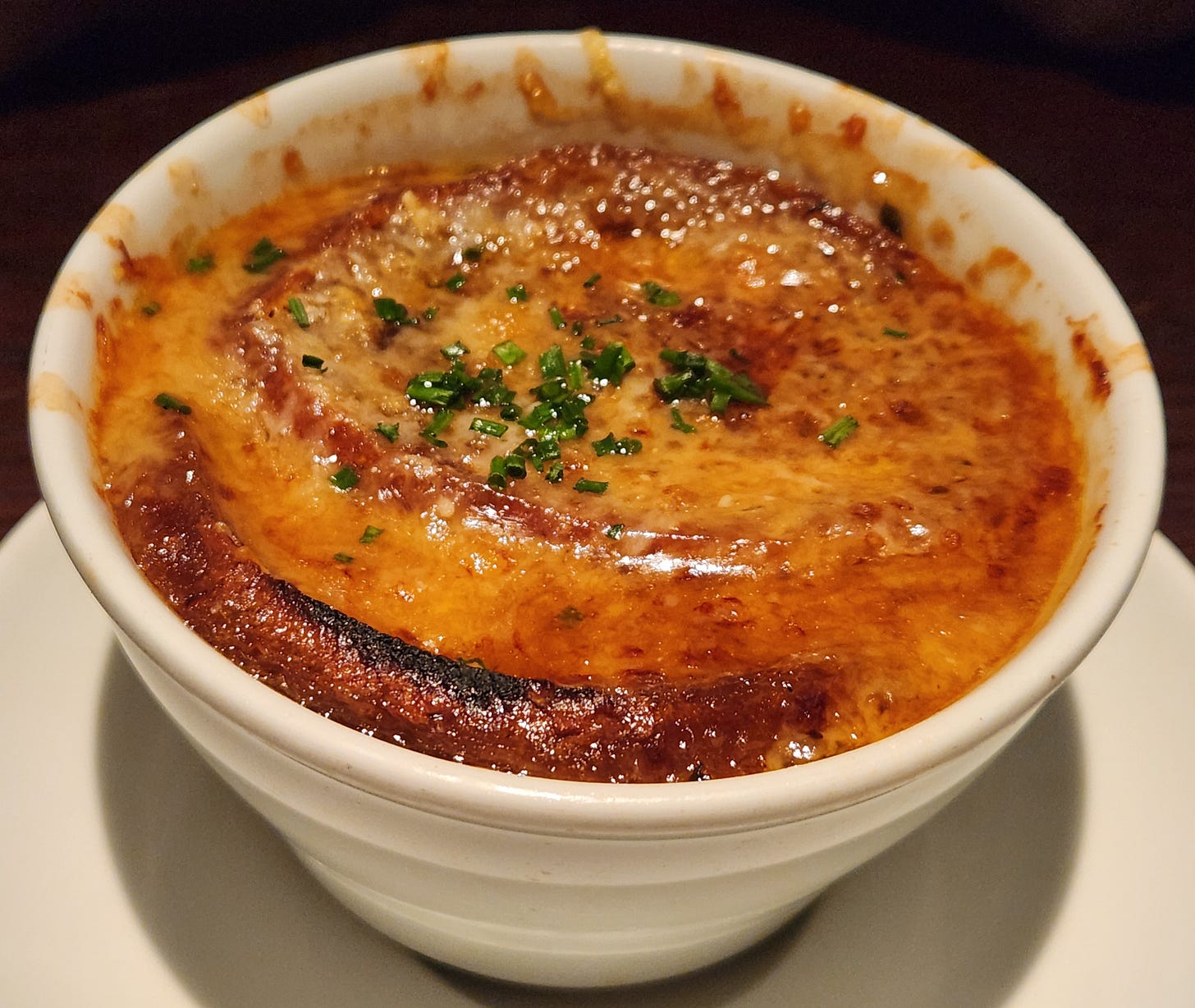
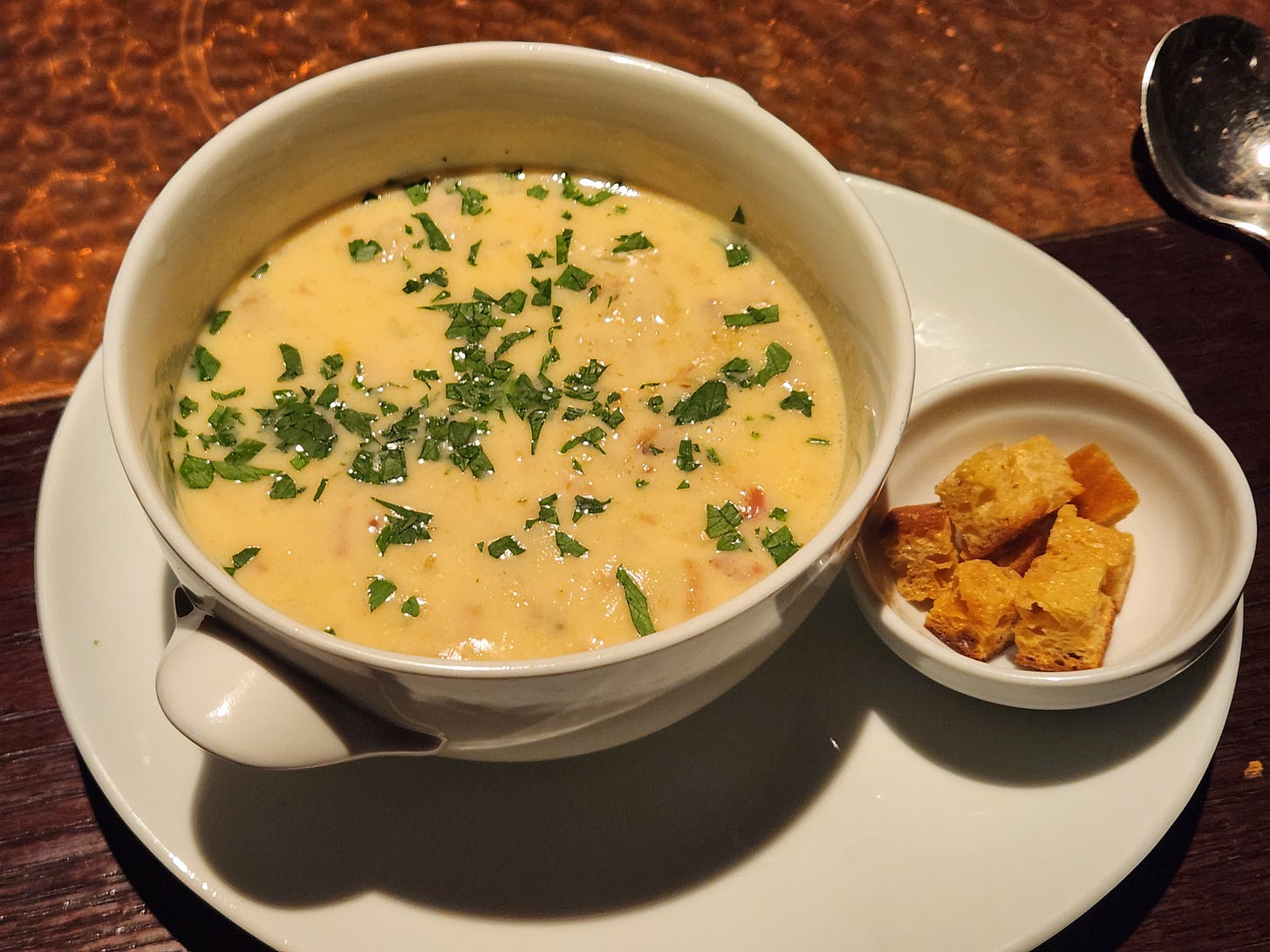

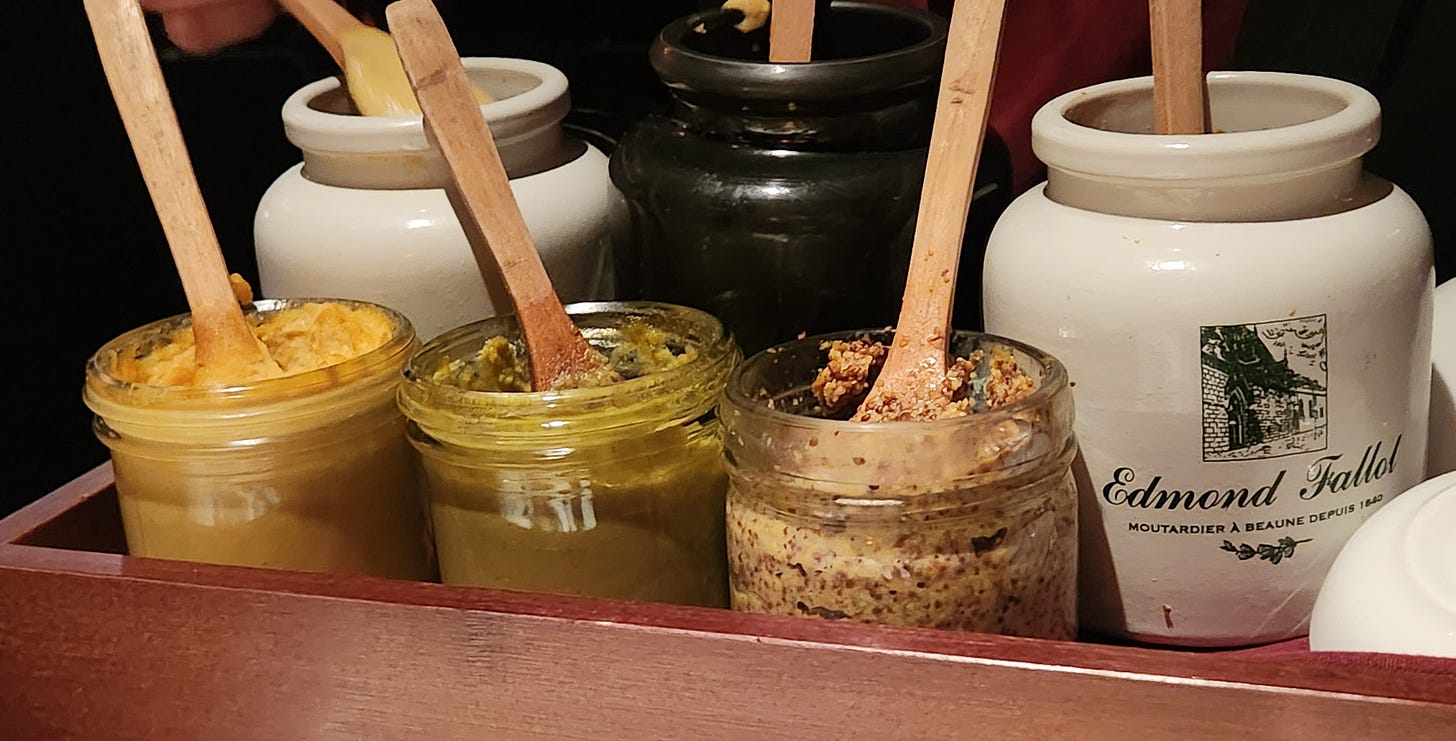

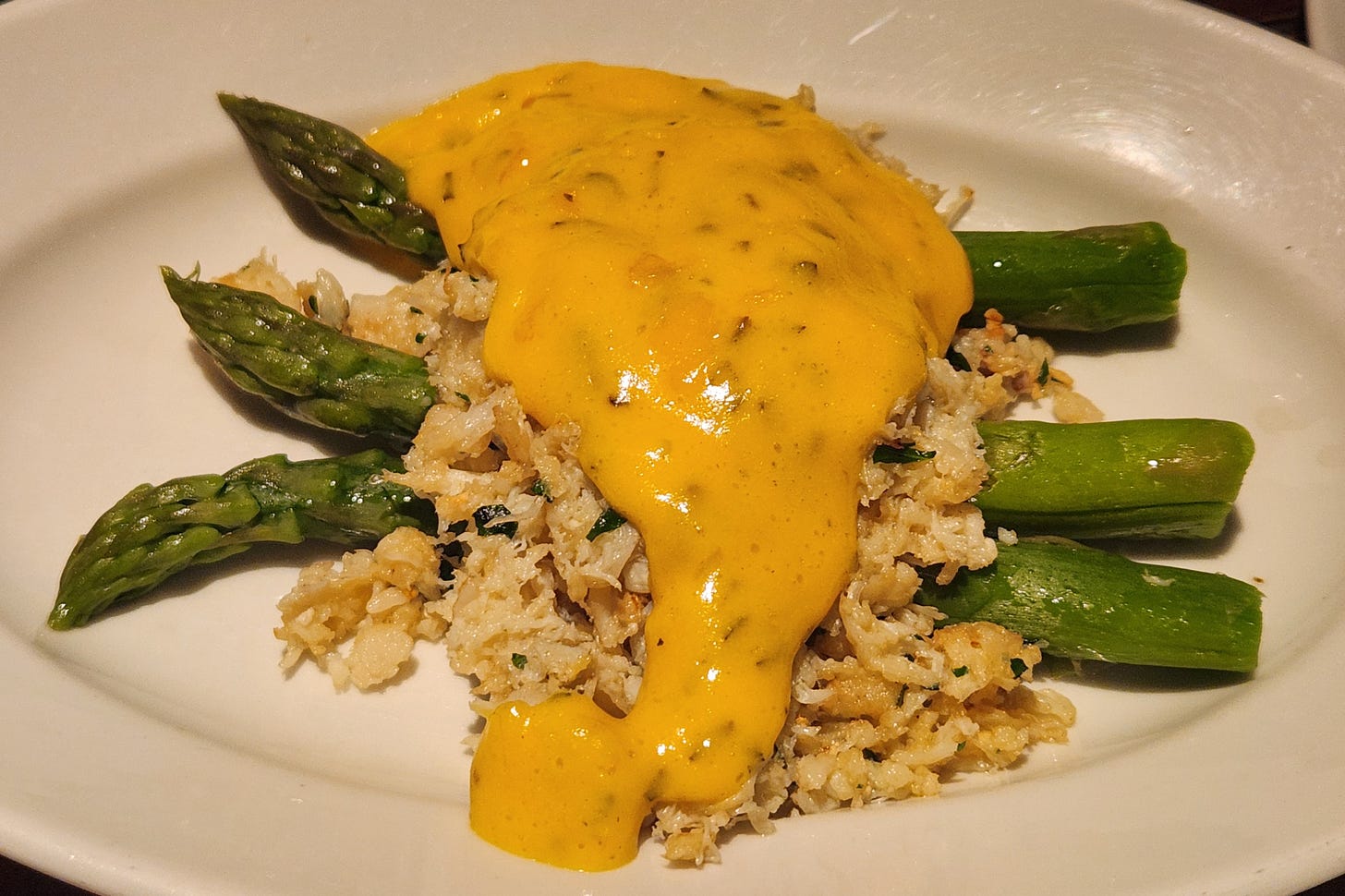
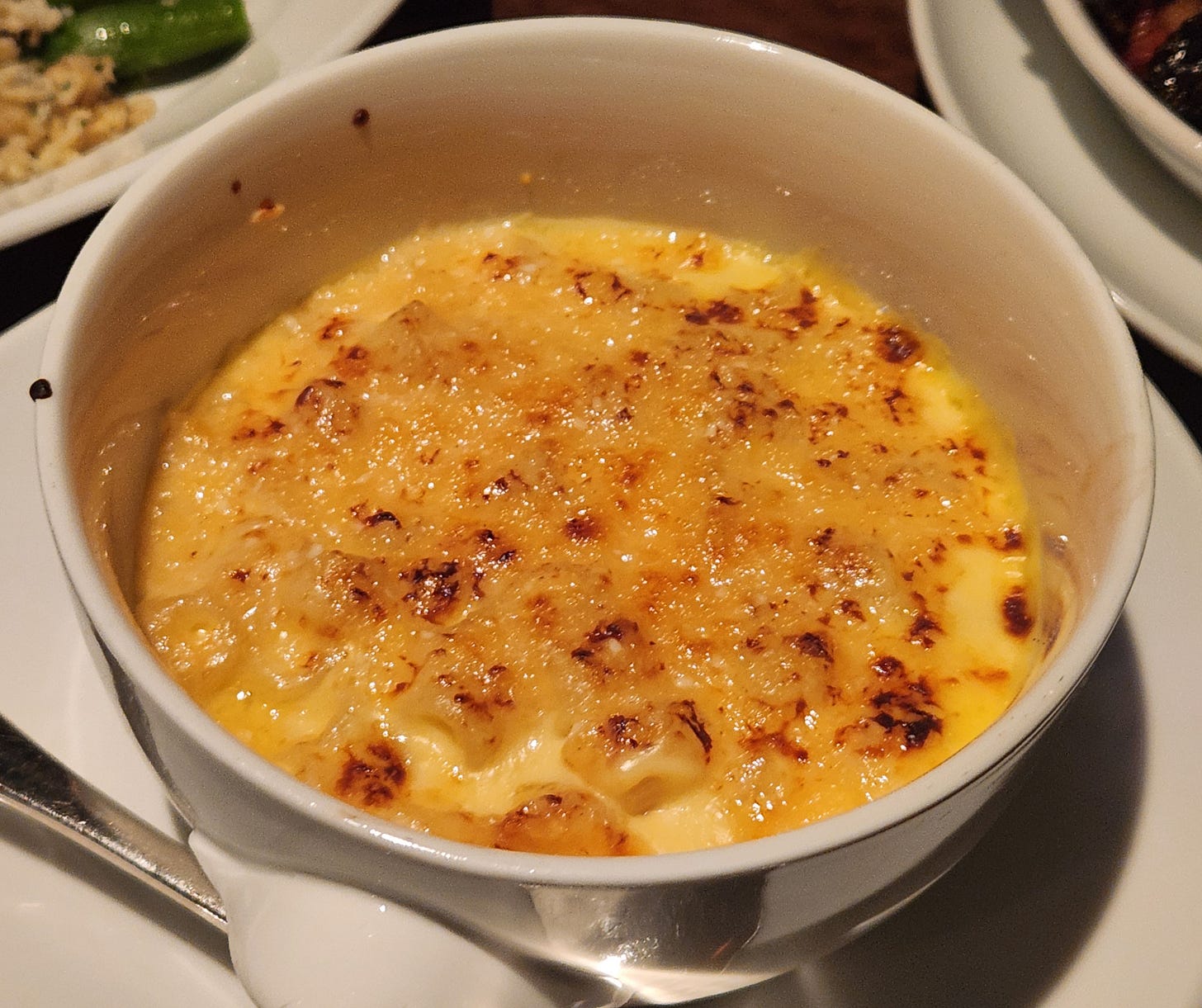
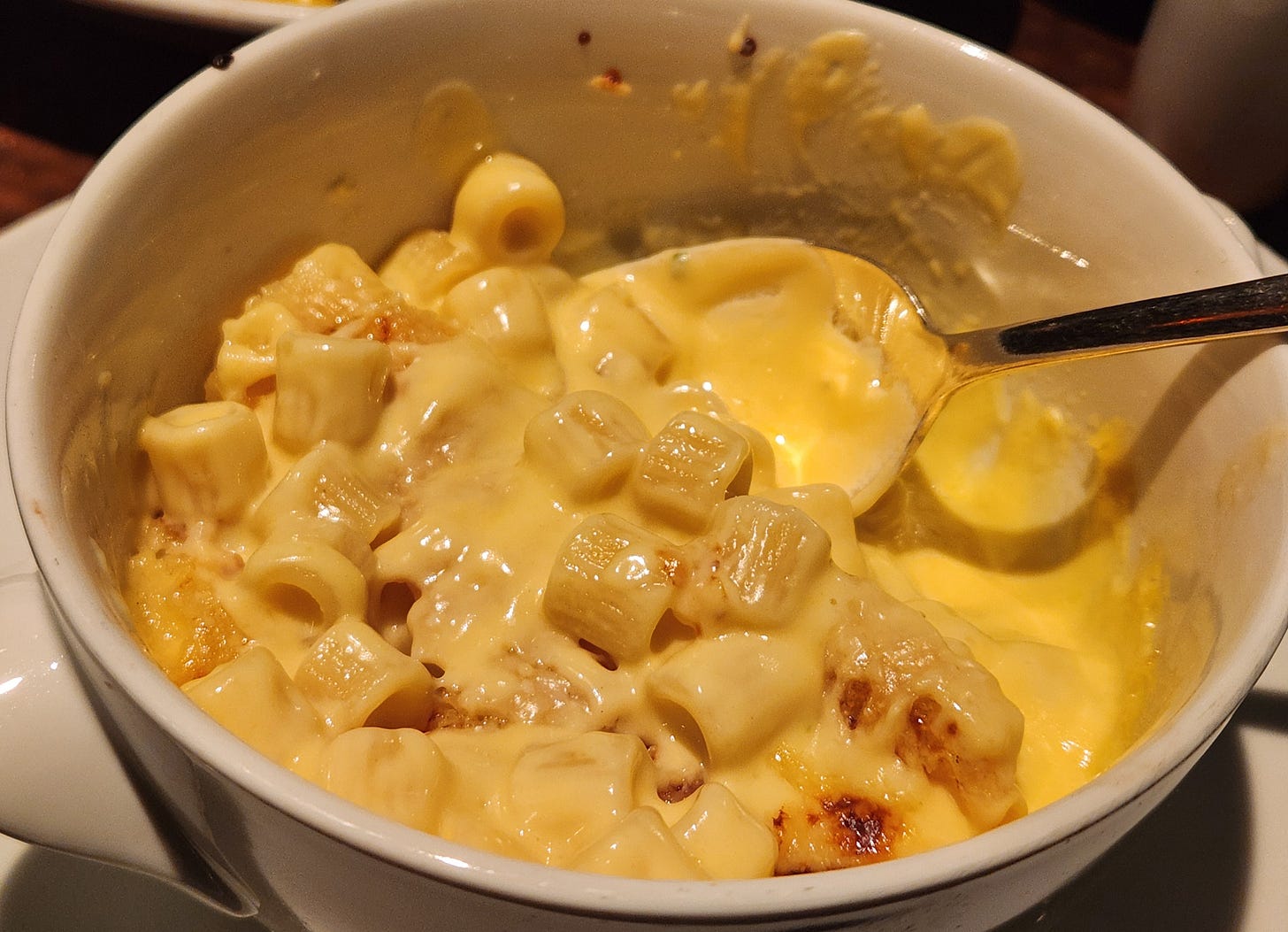
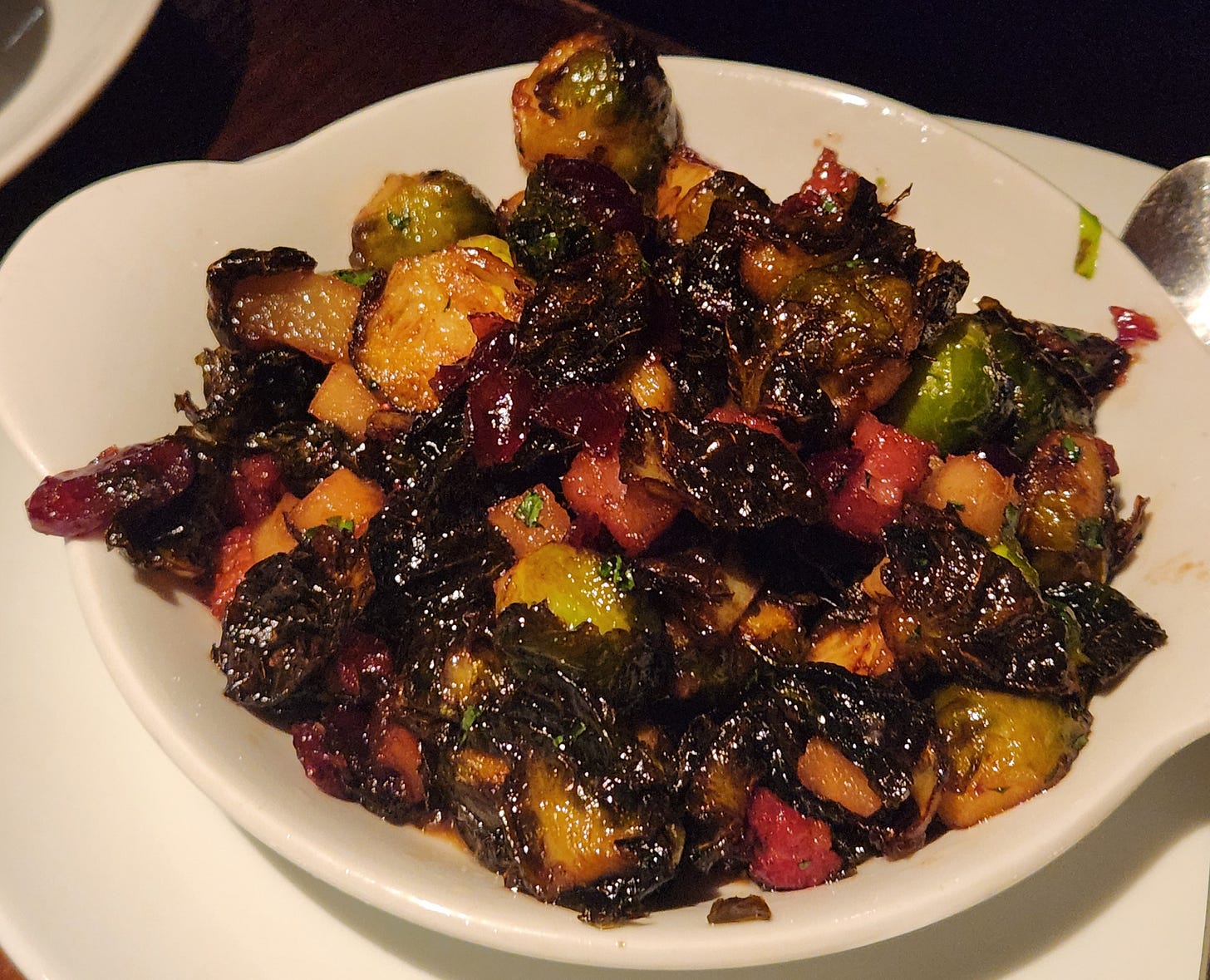
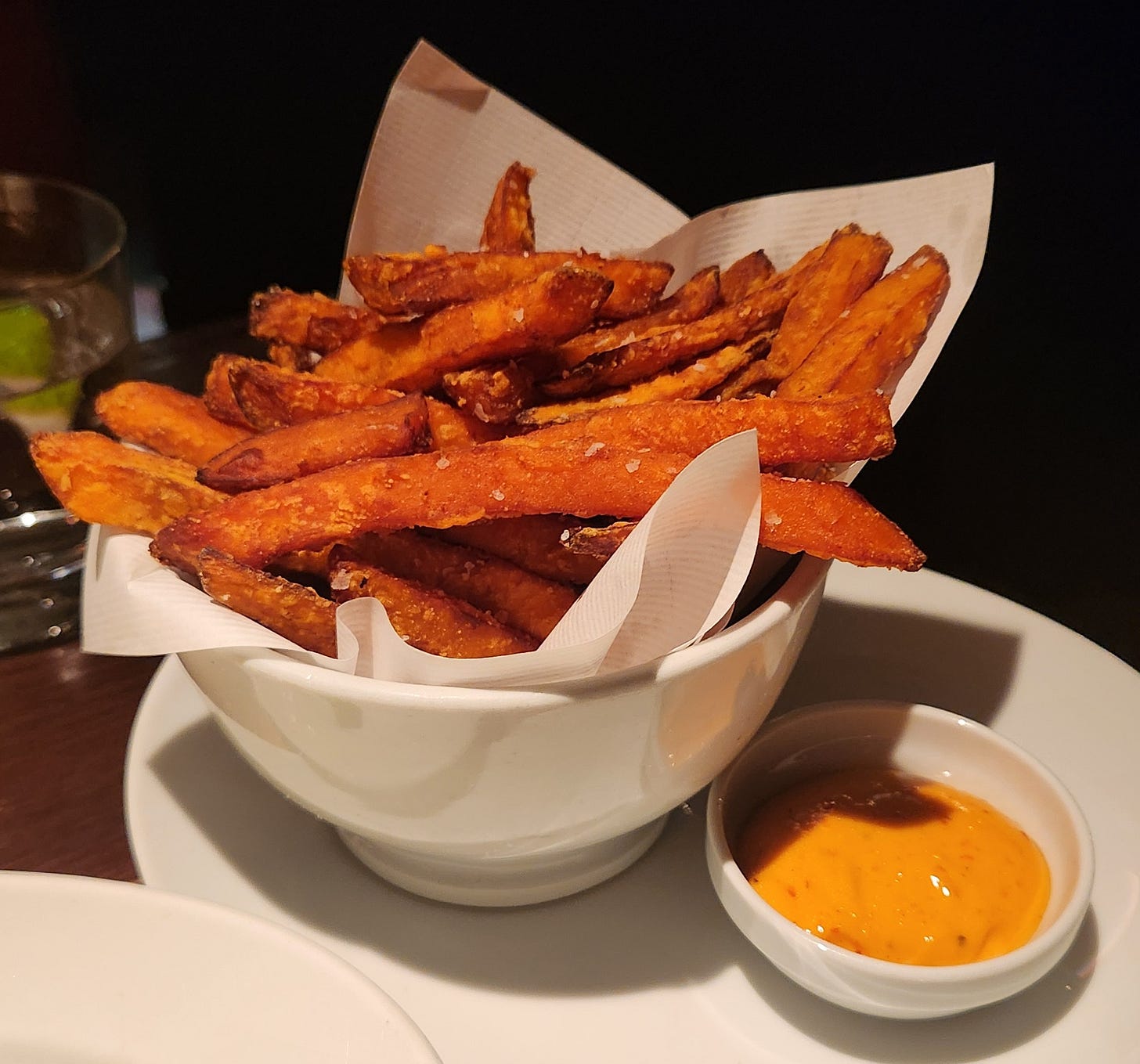
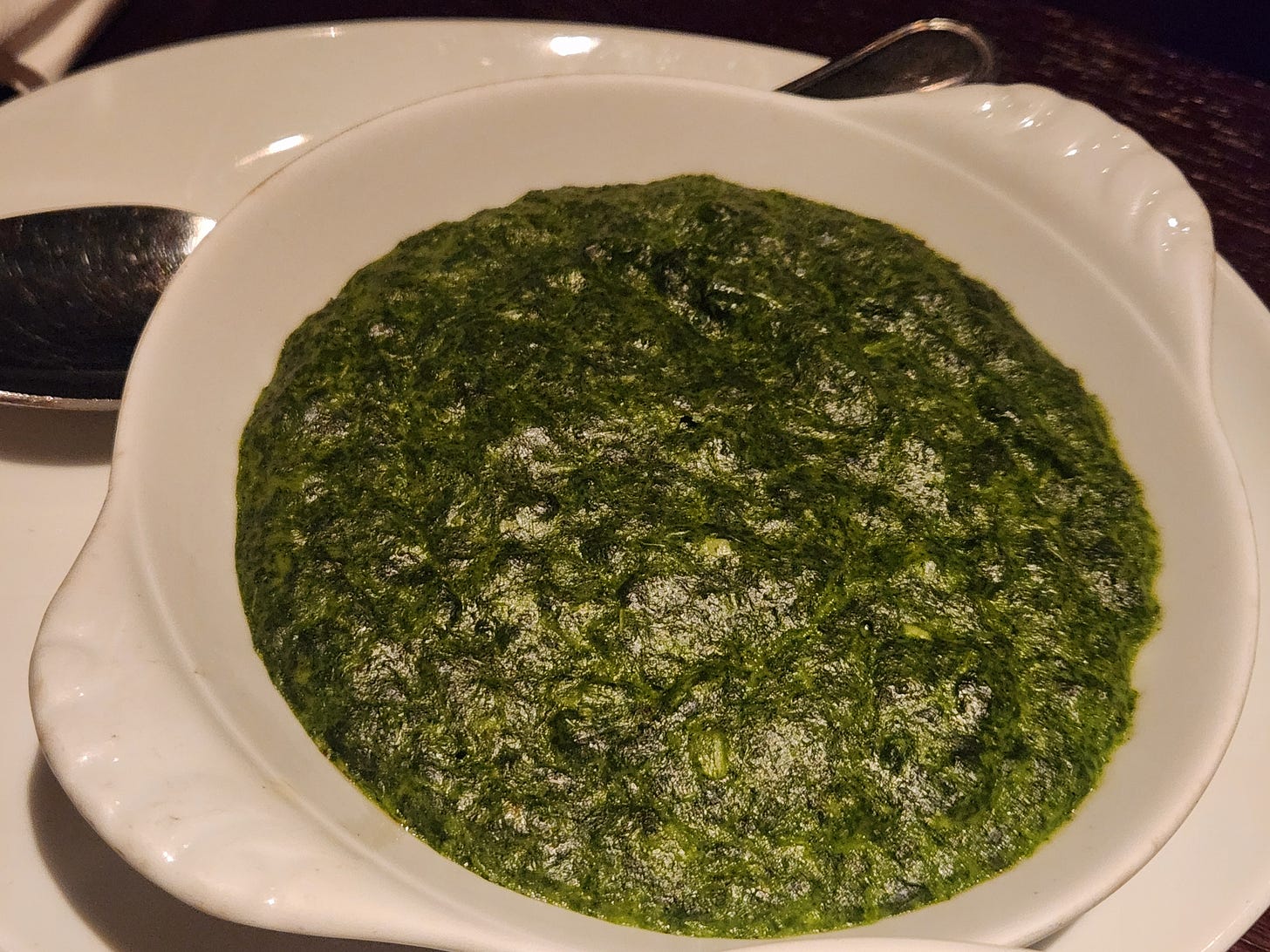
Did you even eat the next day? lol
Great coverage....
Got me wanting to make a little spice assortment with my old wholefoods selection 😂